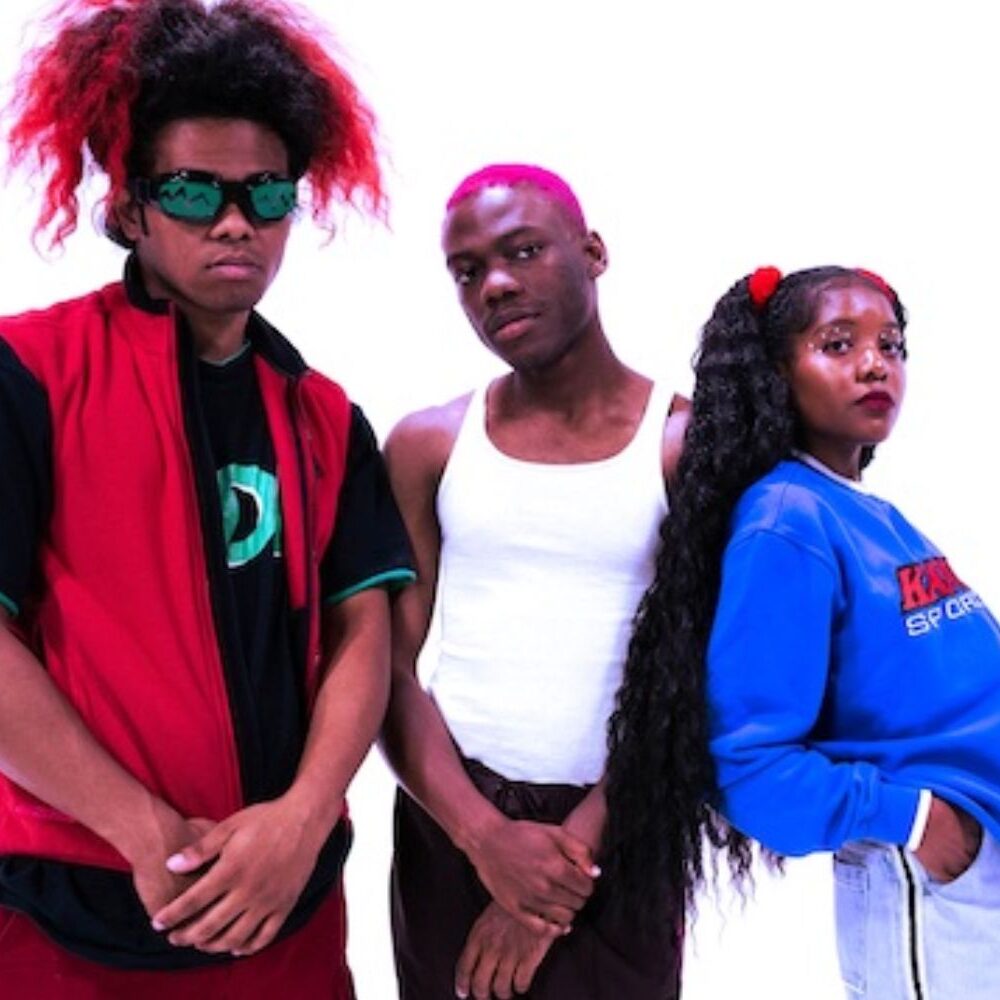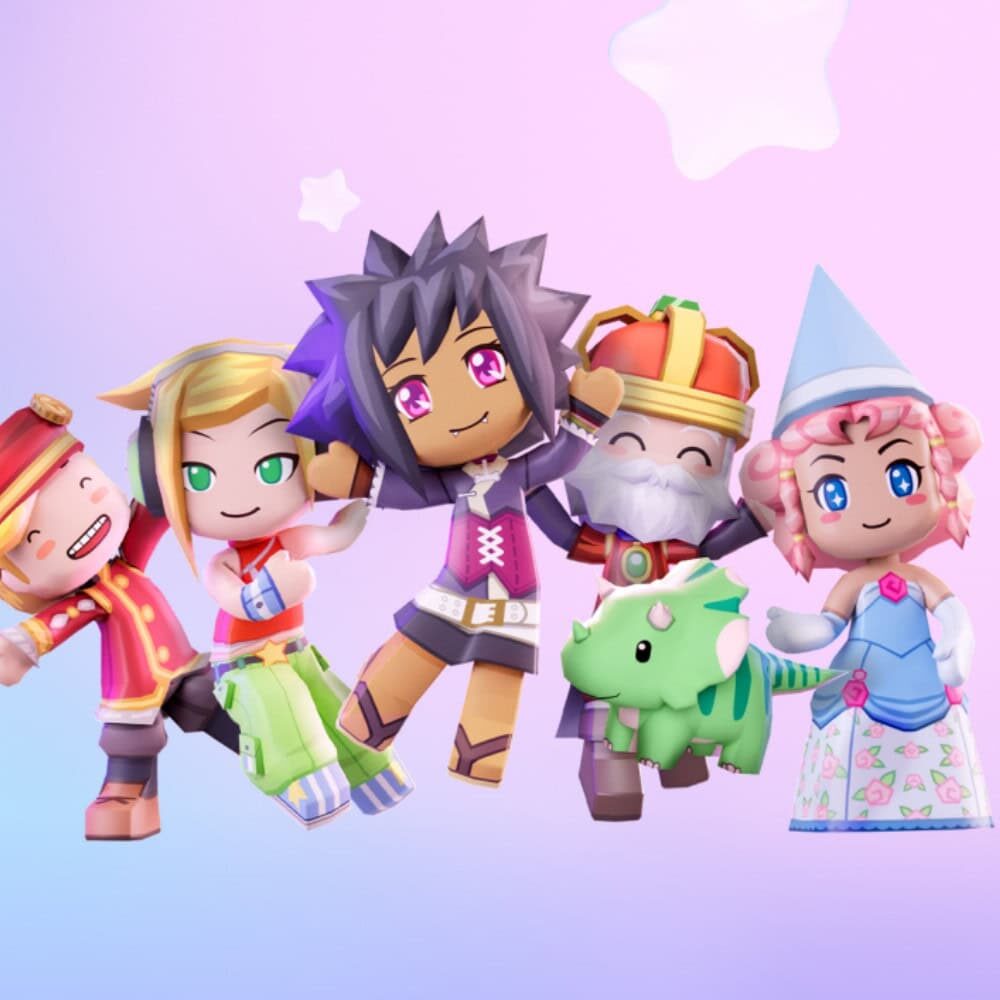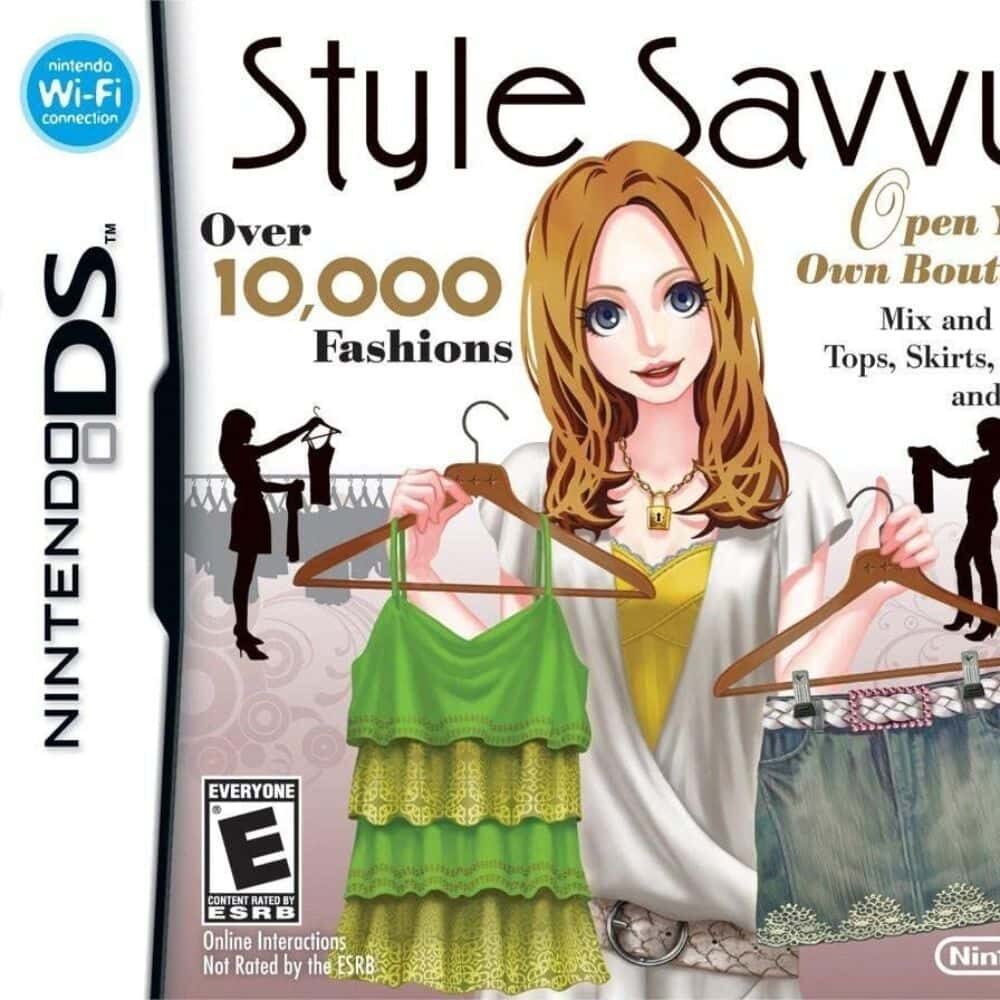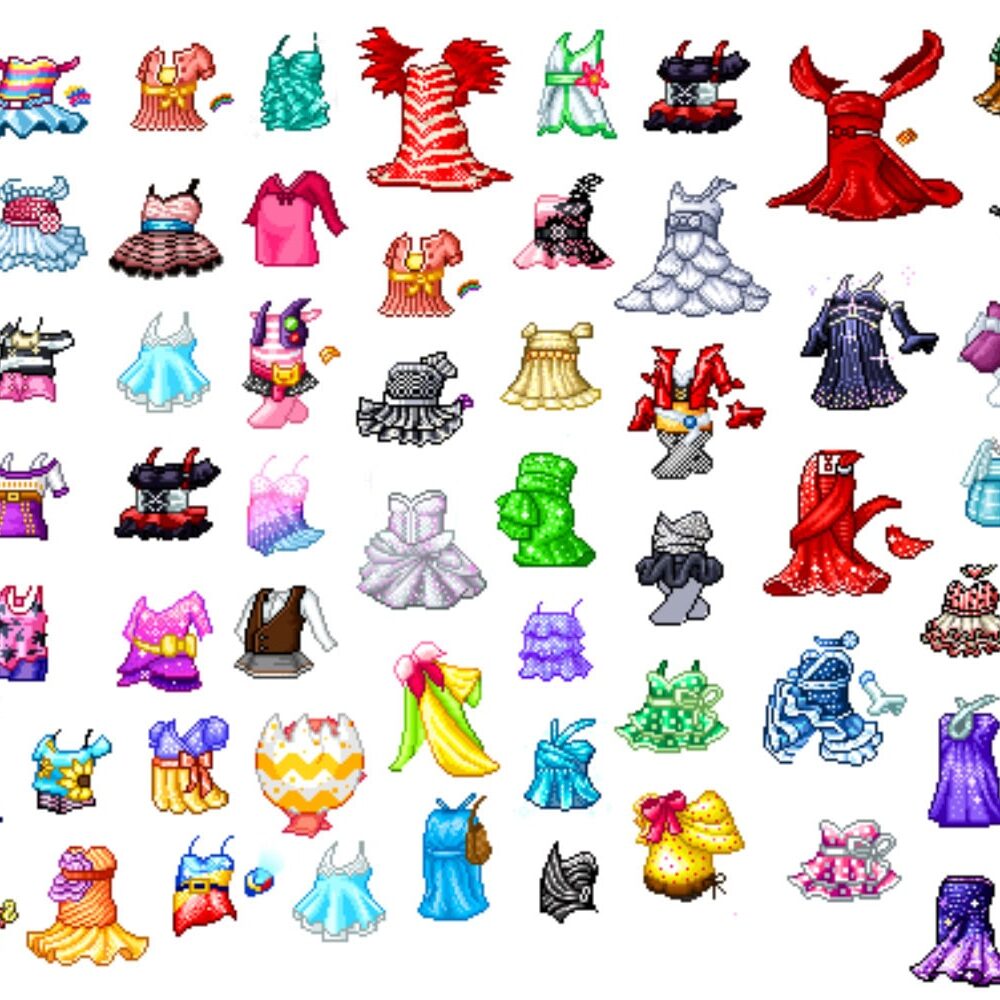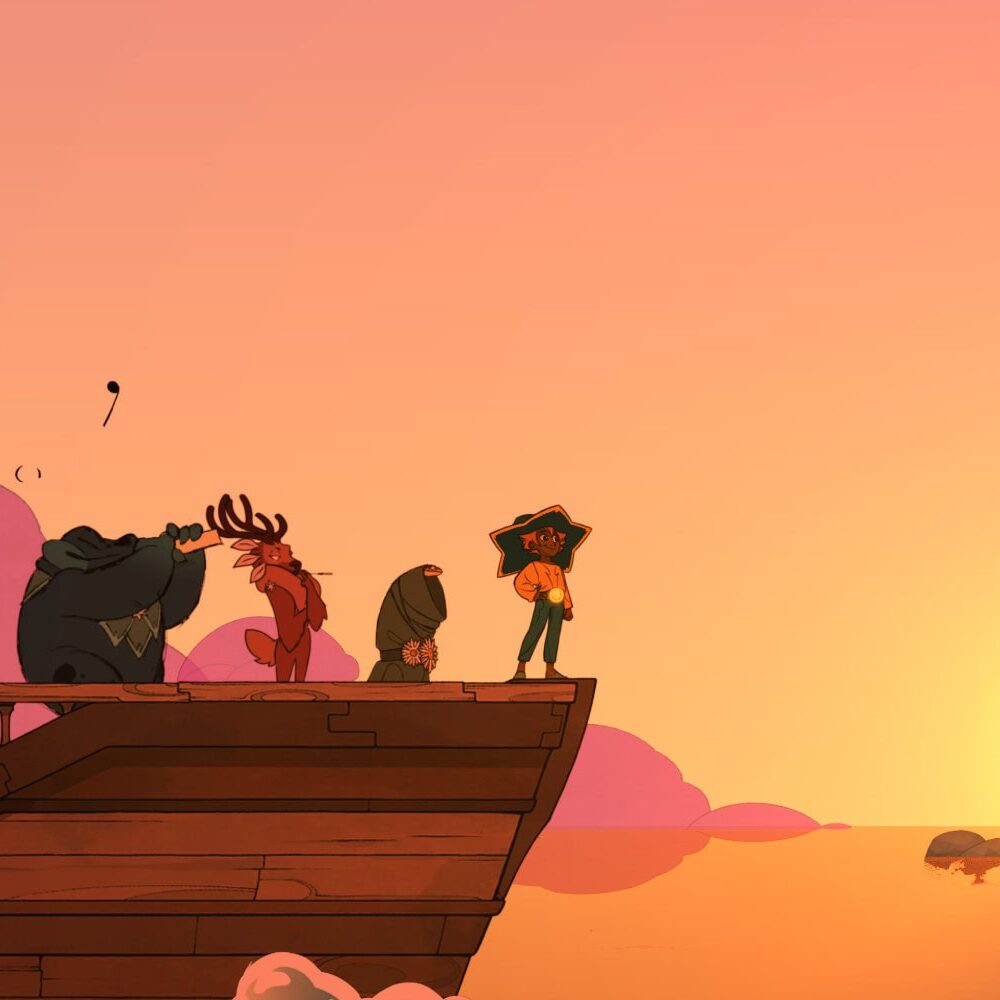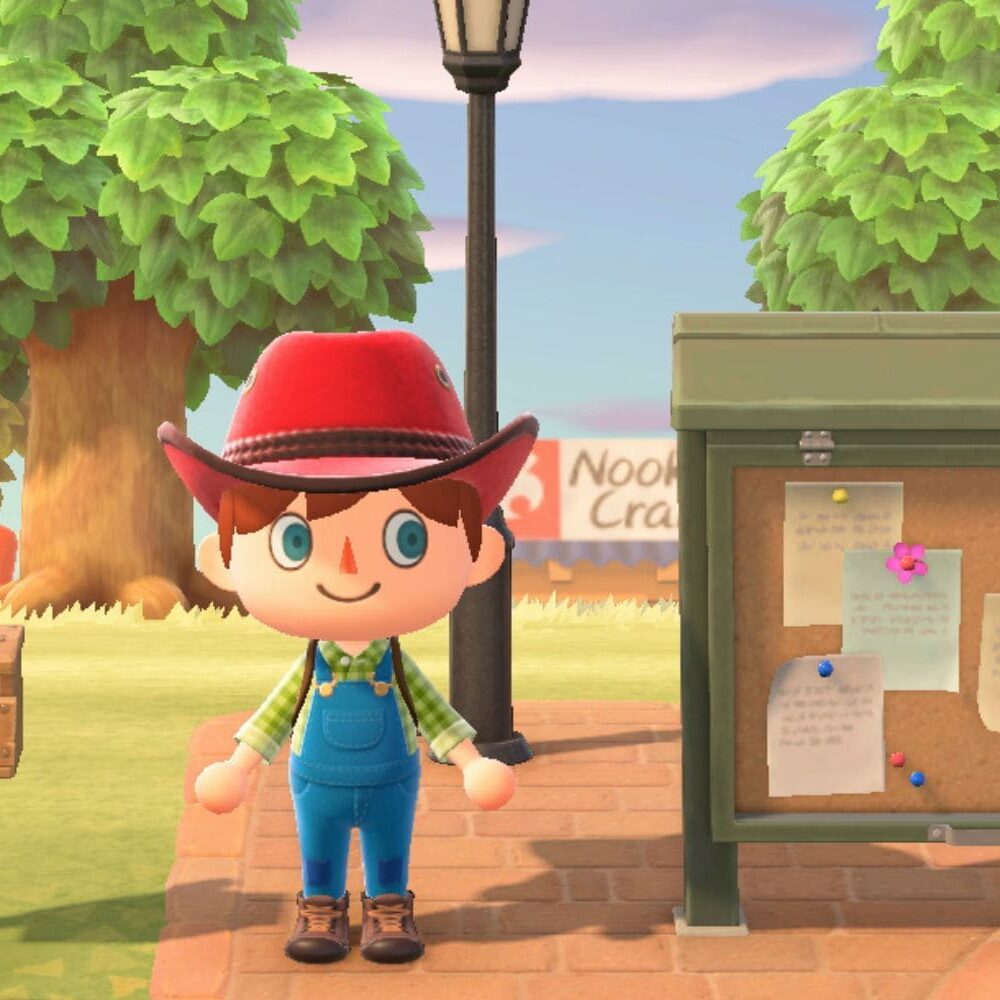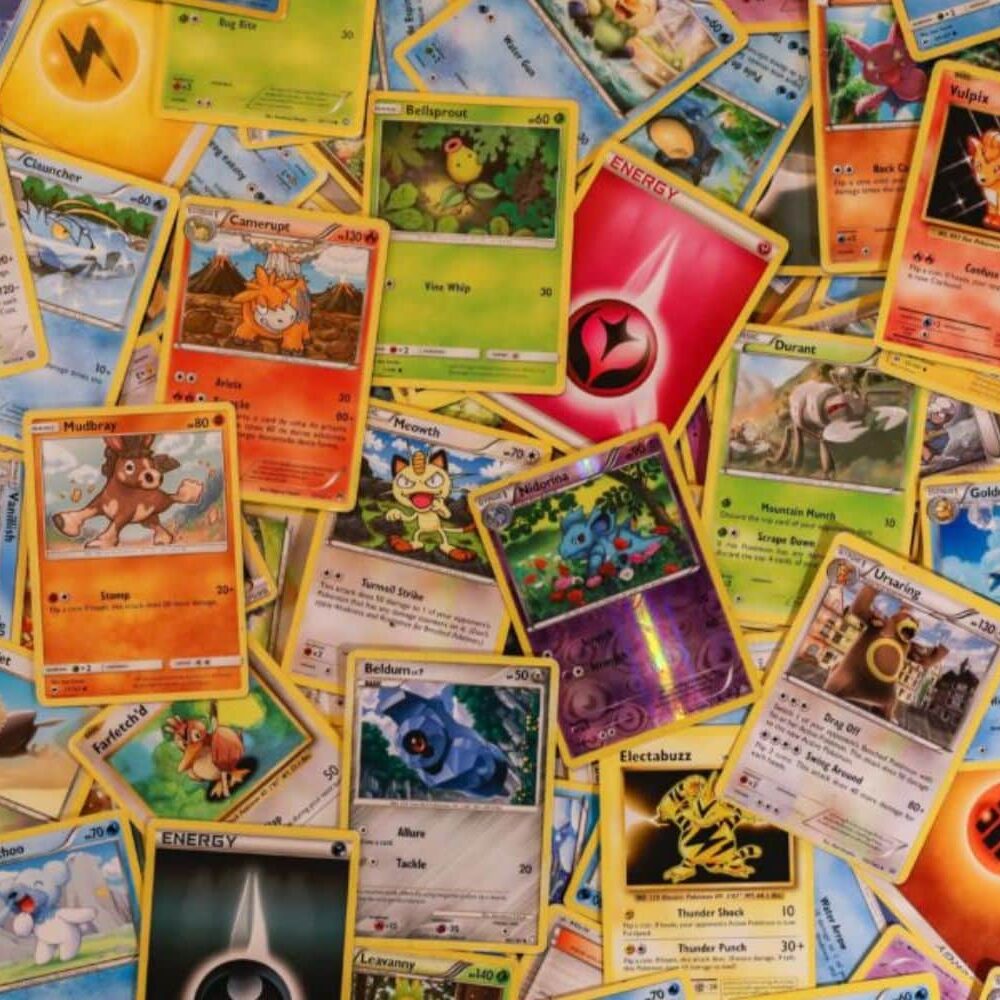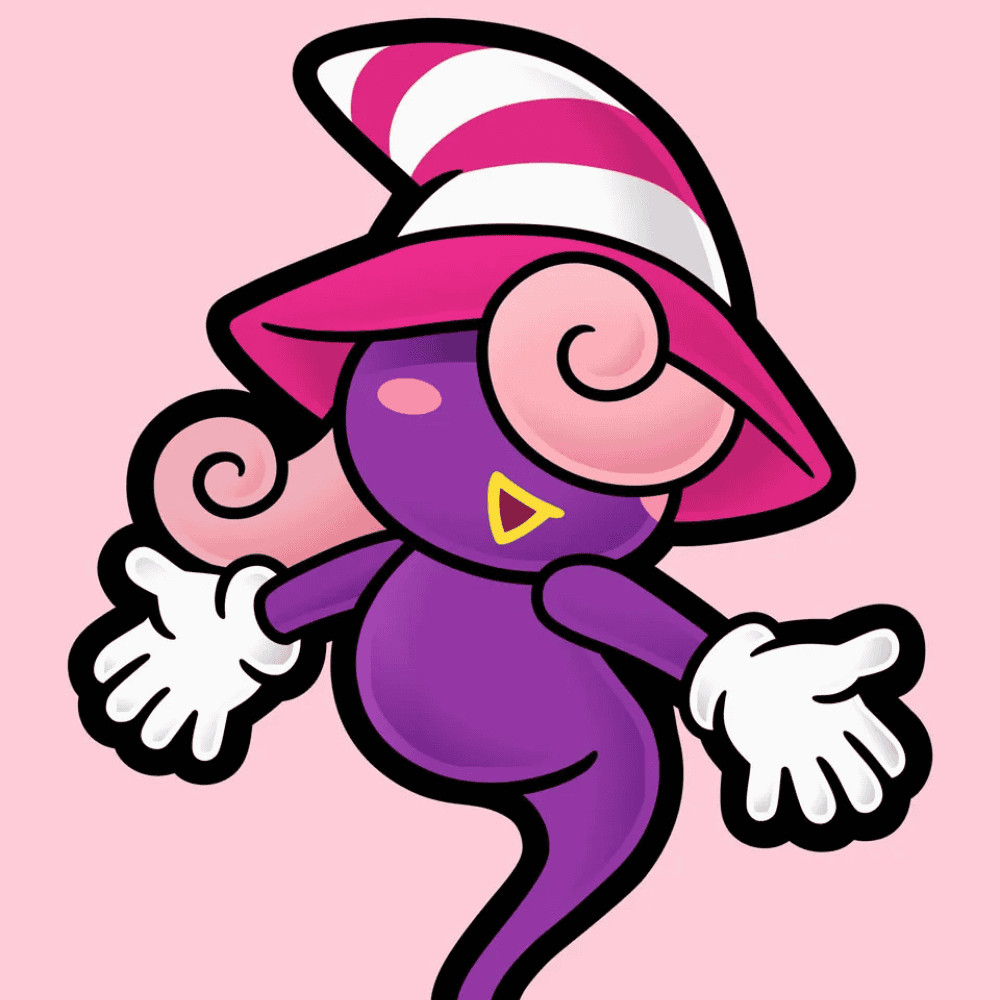
Vivian steps out of the shadows and into the spotlight in the Paper Mario remake
After Nintendo announced that a remake of the beloved game, Paper Mario: The Thousand-Year Door, would release on the Switch in late May, I was ecstatic. Initially released for the GameCube in 2004, the game is something that I grew up watching online, and I was so excited to be able to play for myself. However, with the game releasing just in time for Pride Month this June, Paper Mario: The Thousand-Year Door finally does its trans characters and narratives justice, namely through one of Mario’s companions in the game, Vivian, whose identity as a transwoman is proudly made explicit in the remake.
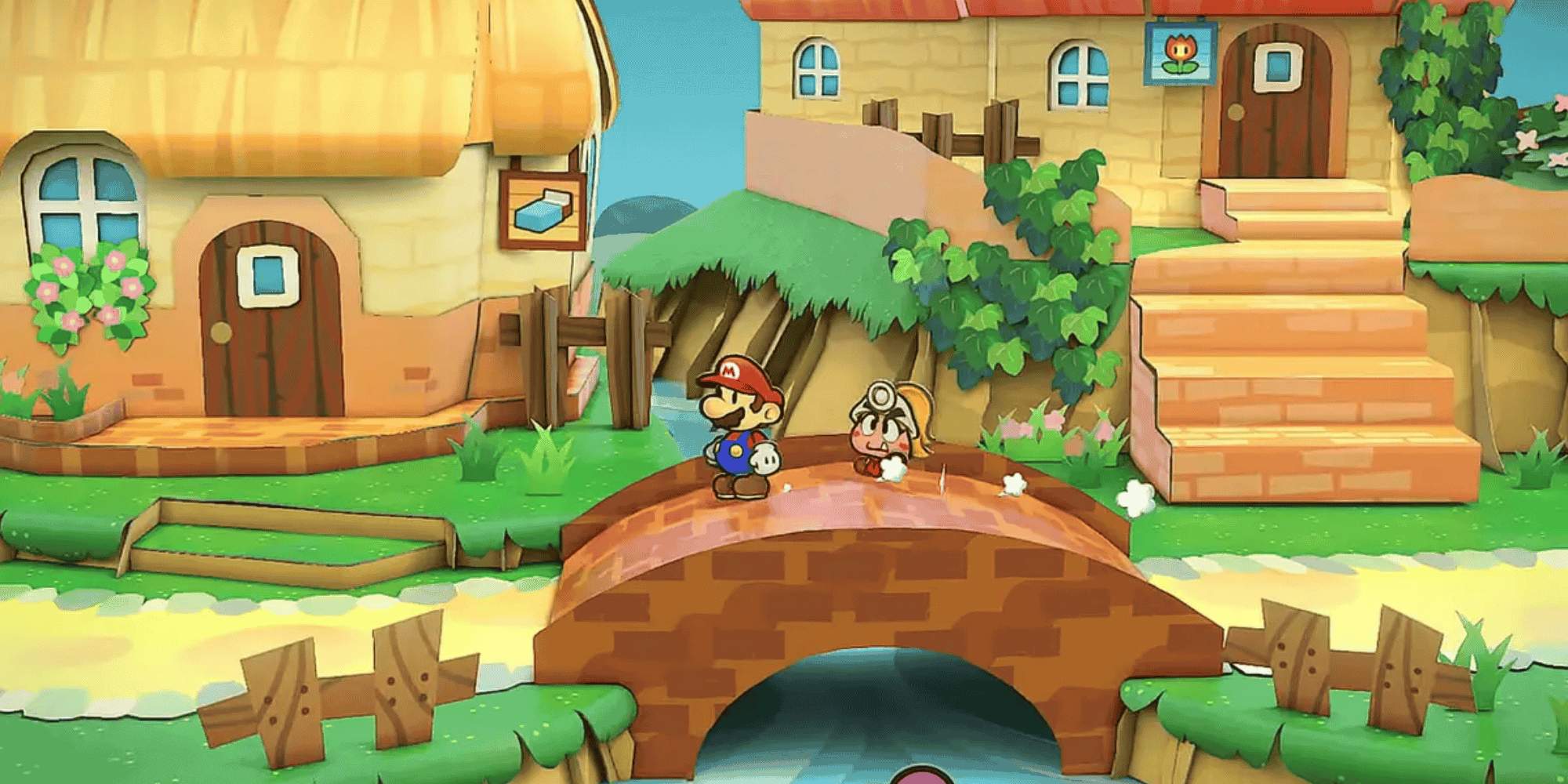
Vivian has always stood out to me amongst Mario’s many companions, her girlish charm and cute character design has always made her a personal favourite of mine alongside other party members such as Ms. Mowz and Bobbery. We first meet Vivian as part of The Three Shadows, the band of sisters bent on helping the main villain of the game, Sir Grodus, resurrect the demon behind The Thousand-Year Door. In Chapter Two of the remake, Vivian’s status as a transwoman starts to be introduced, exclaiming to her sisters Beldam and Marilyn “it makes me really happy when you call me your sister”.
Nintendo goes further with this narrative in Chapter Four when Vivian finally stands up to her sisters, expressing to Mario that “it took me a while to realise I was their sister… not their brother. Now their usual bullying feels heavier”. This recognition of Vivian as a transwoman and acknowledgment of her own trans narrative is a huge milestone for the series, since all mention of Vivian’s identity was erased in the original English and German releases.

It was in the original Japanese version of the game that Vivian’s trans identity was first established, however, it is also in this version that her identity is consistently undermined and made into the game’s running joke. This is seen when The Three Shadows introduce themselves, as Vivian declares they are “Shadow Sisters!”, Mario’s companion, Goombella, appears confused, while Beldam questions her, “Vivian, are you saying you’re not a man?”. Alongside this, the in-game descriptions state that Vivian “seems like a girl but is really a boy”, and Goombella’s tattle (a mechanic that describes enemies and logs their HP, attack and defence) states that Vivian is “the youngest sister… no, brother”. After Vivian’s identity was made comic in the Japanese version and then forgotten about all together in the English release, it is refreshing to see the remake’s portrayal of a transwoman that refuses to rely exclusively on comedy.
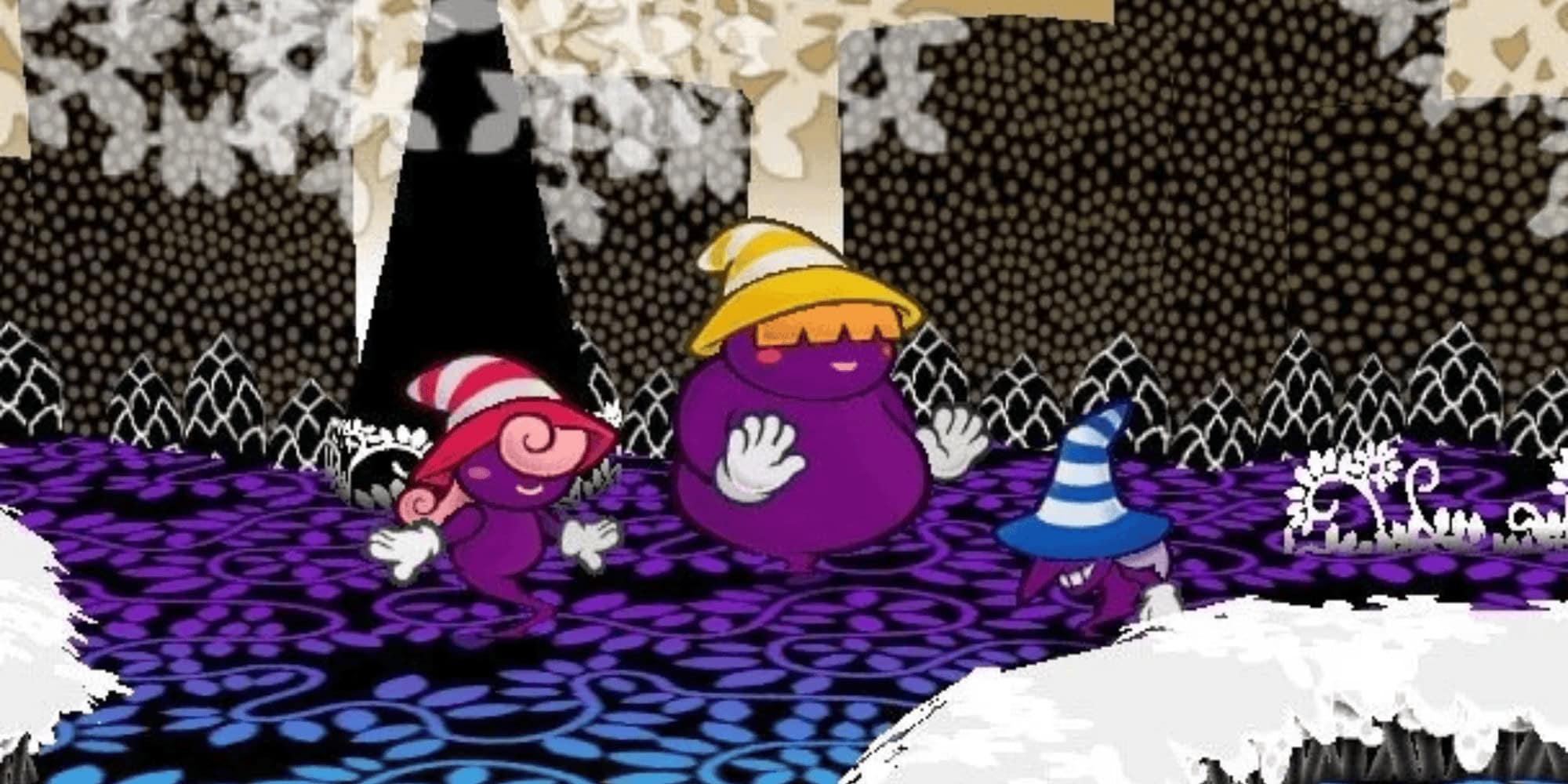
Now that Vivian’s trans identity has been reclaimed, Paper Mario: The Thousand-Year Door can be better appreciated as a game with amazing dialogue and humour, creative game mechanics and combat, compelling storylines and worlds, and finally, for the first time, legitimate representation for its characters. Not only did I love each Chapter of the game, but the combat being set on a theatre stage was an absolute delight, both in terms of aesthetics and in how the different features of the stage played a part in the combat, for example, the backdrops falling down and damaging enemies.
Each of the companions having different abilities, as well as being able to choose your own skills with Mario through badges, made the constant battles of Chapter Three’s The Glitz Pit a breeze. The combat, game mechanics and how often the game was able to make me laugh were definitely the remake’s strong points. Between being flirted with by Ms. Mowz or having to jump on a Bob-omb nearly two dozen times to wake him up to progress through the story, this game is fantastically absurd.

Finally, at the end of Mario’s adventure as he leaves Rogueport for the Mushroom Kingdom, Vivian enters the spotlight once again, on the verge of confessing her love for Mario before changing her mind, uttering “I sure do think that you and Peach make a nice couple”, an almost bittersweet ending to her story. However, there is no denying the remake has reinvigorated Vivian’s character in new ways, finally putting the debate over her gender to rest and affirming her identity as a transwoman.
My playthrough of Paper Mario: The Thousand-Year Door has only made me more eager for other potential remakes, namely, for Super Paper Mario, which was released for the Wii in 2007. A fan favourite, Super Paper Mario is an instalment that takes the series to new heights, leaping off the foundations set by The Thousand-Year Door and the Nintendo 64’s original Paper Mario.
Enjoyed this story? Support independent gaming and online news by purchasing the latest issue of G.URL. Unlock exclusive content, interviews, and features that celebrate feminine creatives. Get your copy of the physical or digital magazine today!


